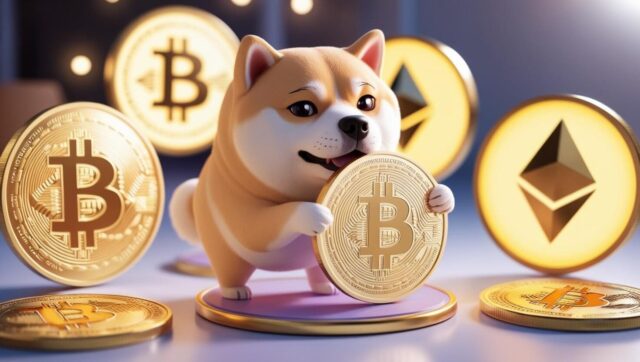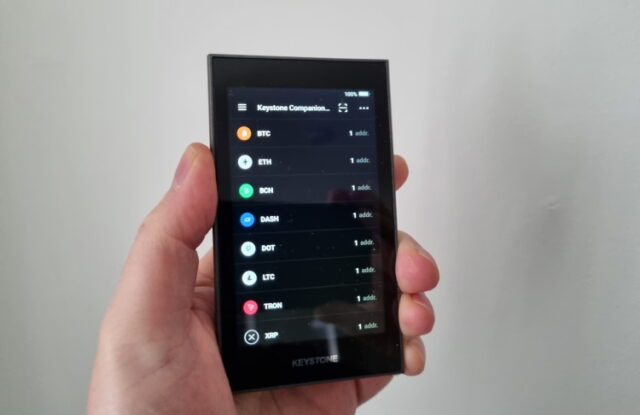In the ever-evolving landscape of cryptocurrencies, one phenomenon continues to defy expectations, logic, and in some cases—common sense: memecoins. These joke-inspired digital currencies started as internet pranks or satirical takes on more serious blockchain projects, yet many have managed to attract massive followings, billion-dollar market capitalizations, and, perhaps most surprisingly, long-term staying power.
From Dogecoin, the Shiba Inu-faced coin that Elon Musk famously championed, to the flood of newer meme tokens like Pepe, Floki, or Wen, memecoins have grown far beyond their humorous roots. But what exactly are memecoins, how do they differ from traditional cryptocurrencies, and why do they still command so much attention in 2025?
This article delves deep into the origins, technology, market dynamics, psychology, and future of memecoins—both as digital assets and as cultural phenomena.
Understanding memecoins: more than just internet jokes?
At their core, memecoins are cryptocurrencies that are inspired by internet culture, memes, jokes, or online communities. Unlike Bitcoin or Ethereum, which were developed to solve technical or financial problems, memecoins usually start as lighthearted experiments or social commentaries on the crypto world itself.
Most memecoins share some common traits:
-
Community-driven origin
-
Highly speculative in nature
-
Low or no inherent utility
-
Viral marketing and social media-based hype
-
High volatility
While these attributes often paint memecoins as unserious, some have developed real-world use cases, strong communities, and, in certain cases, even charitable contributions and brand collaborations.
A brief history of memecoins
Dogecoin (DOGE): the original meme revolution
Created in December 2013 by software engineers Billy Markus and Jackson Palmer, Dogecoin was intended as a parody of Bitcoin. It featured the popular “Doge” meme—a Shiba Inu dog with broken English captions—as its mascot. It had no real technological innovation, a huge circulating supply, and practically no roadmap.
Yet, Dogecoin’s community grew rapidly. What started as a joke became a way to tip creators online, fund charitable causes, and later, capture mainstream attention through celebrity endorsements, most notably Elon Musk.
Dogecoin’s unexpected success inspired hundreds of imitators.
The memecoin boom: SHIB, PEPE, FLOKI, and more
Following Dogecoin’s popularity, especially during the 2021 bull run, several new memecoins emerged:
-
Shiba Inu (SHIB) – “The Dogecoin killer” with its own DeFi ecosystem, NFT projects, and massive community.
-
Floki Inu (FLOKI) – Named after Elon Musk’s dog, with gamified and educational aims.
-
Pepe (PEPE) – Based on the meme frog, drawing massive speculative attention.
Each of these coins gained massive followings on Twitter (X), Reddit, Telegram, and Discord, proving that meme virality can create serious momentum in crypto markets.
Why memecoins are still popular in 2025
Community and tribalism
Memecoins foster strong, tribal-like communities that push memes, content, and coin culture 24/7.
Accessibility and affordability
Priced in fractions of a cent, memecoins feel affordable and “fun,” even if fundamentally speculative.
FOMO and hype cycles
A single tweet or Reddit thread can spark a viral buying frenzy, pulling thousands of retail investors into a memecoin.
Speculative mindset
Most memecoin investors aren’t in it for long-term fundamentals—they want fast, exponential returns.
Web3 integrations
Many newer memecoins integrate staking, NFTs, or play-to-earn games, offering more than just humor.
Risks and criticisms
-
Lack of transparency
-
Extreme volatility
-
Pump and dump risks
-
No real utility
-
Regulatory scrutiny
Caution is essential when investing in meme tokens.
A deeper look at the memecoin timeline
2013–2016: Dogecoin rises; community forms
2017–2019: ICOs distract from memes; memecoins quiet
2020–2021: Doge and SHIB boom as memes and crypto collide
2022–2024: Consolidation and regulation; new players like PEPE and BONK
Psychology of memecoin investing
-
Gambler’s mindset: Risky, fast profits
-
Social validation: Community over fundamentals
-
Coping with losses: Humor as defense
Mainstream adoption
-
Brand collabs (e.g., NASCAR, fashion)
-
Celebrity shills (e.g., Elon Musk, Snoop Dogg)
-
Used in commerce (limited, but growing)
Memecoin platforms
-
Ethereum: SHIB, Dogelon, etc.
-
BSC: BabyDoge, others
-
Solana: BONK and newer meme plays
-
Layer 2s: Arbitrum and others offer low-fee launches
Strategies
-
HODLing: Early in, ride the wave
-
Day trading: Volatility for profits
-
Yield farming: DeFi + memes
Memecoins vs altcoins
| Feature | Memecoins | Traditional Altcoins |
|---|---|---|
| Origin | Meme or joke | Tech innovation |
| Utility | Minimal or none | Use-case focused |
| Volatility | Very high | Moderate to high |
| Community | Viral, online | Dev-driven or business |
| Transparency | Often anonymous | Team-led, documented |
Legal environment
-
U.S.: SEC scrutiny growing
-
EU: MiCA may regulate speculative tokens
-
Asia: Mixed—China bans, Japan stricter oversight
Tips for beginners
-
Only invest what you can afford to lose
-
DYOR (do your own research)
-
Don’t chase pumps
-
Watch out for scams and impersonators
-
Store tokens securely
Future outlook
-
Memecoins as brands (DOGE, SHIB)
-
Gamified and utility-enhanced tokens
-
Hybrid meme-DeFi-AI models
-
Greater regulation and consolidation
Memecoins are no longer just jokes. They’ve become digital movements—part of a larger cultural and financial shift. While risky, they embody the spirit of the internet: chaotic, meme-powered, and community-driven.
As always, research before investing, and never bet more than you can afford to lose.
Image(s) used in this article are either AI-generated or sourced from royalty-free platforms like Pixabay or Pexels.
Did you enjoy this article? Buy me a coffee!






